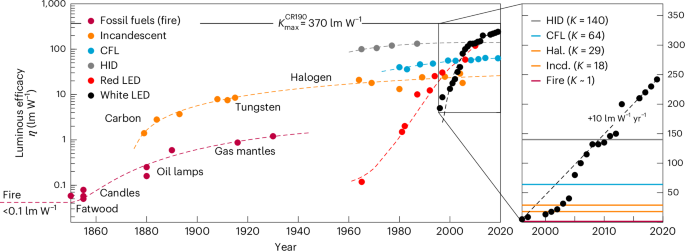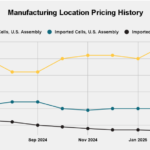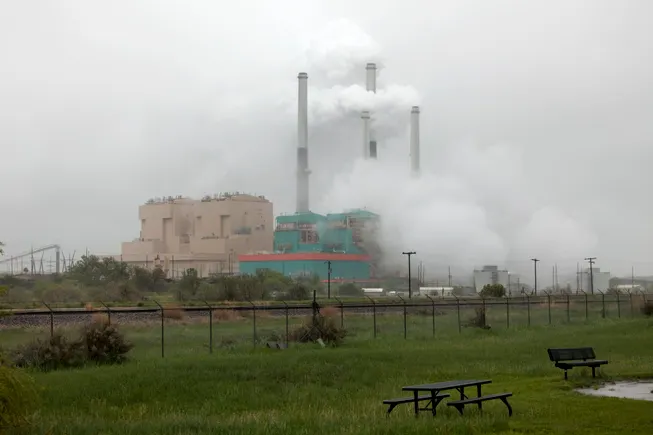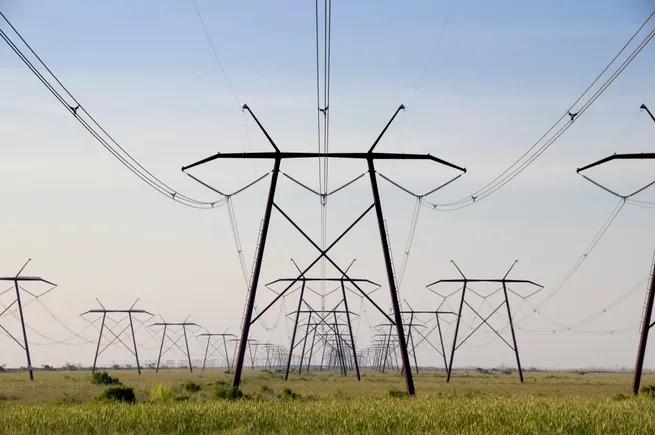‘No way’ US can recoup lost China container imports: Analyst
President Trump’s China trade embargo is projected to devastate containerized shipments moving through U.S. ports. The post ‘No way’ US can recoup lost China container imports: Analyst appeared first on FreightWaves.

While the China trade embargo instigated by President Donald Trump’s tariff war has focused on the evolving collapse of eastbound trans-Pacific container volumes to the United States, a closer look at the intersection of China’s share of tonnage and specific goods moving through U.S. ports paints an even more devastating picture.
According to Census Bureau data, the list of American ports that processed the most containerized imports from China in 2024 was led by Los Angeles, at 22,237,485 million metric tons, or 51%, of the port’s total 43,912,894 tons of global cargo. China accounted for 8,341,200 tons, or 61%, of a total 13,592,209 tons through the neighboring Port of Long Beach, the second-highest total. Newark, New Jersey, was third and the leading East Coast gateway at 7,520,488 tons, a 23% share, of a total 32,995,507 tons.
China’s share among other major container ports was 47% through Tacoma, Washington, 37% through Oakland, California, 36% through Seattle, 21% through Charleston, South Carolina and 18% through Norfolk-Newport News, Virginia.

The scope of China’s share of all tonnage by commodity, according to the U.S. Harmonized Tariff Schedule (HTS), shows its dominance across top import categories. China’s share, ranked in descending tonnage, is topped by items made of plastic including toys, household goods and personal care items, 46%; residential and office furniture, 46%; nuclear reactors, 41%; electronics ranging from big screen TVs to electric blankets, 40%; iron and steel goods, 47%; and toys and sports equipment, 88%.
Import categories of lesser tonnage but still China-dominant include bedsheets and pillowcases, 61%; tractors, motorcycles and bicycles, 40%; and printer and writing paper as well as paperboard for packaging, 24%.
Companies are rushing to shift sourcing to Vietnam, Thailand, India, Malaysia and Indonesia, among other countries, before Trump’s 90-day pause on reciprocal tariffs ends, said Jason Miller, who teaches supply chain at Michigan State University’s Eli Broad College of Business, in a LinkedIn post.
“No way we can make up for the 30-60% lost volumes from China [via other countries] due to the tariffs,” said Miller. “This bodes quite ill for local employment around the most affected ports, as fewer imports equal fewer drayage drivers and warehouse workers, coupled with knock-on effects from less activity in general (e.g., local restaurants seeing less business).
“Unless the 145% China tariffs are dropped very soon (e.g., this week), I don’t see how this scenario is avoided.”
There have been mixed signals out of China, with some U.S.-based logistics executives on the ground there indicating Walmart and Target have given factories the go-ahead to resume production, though the companies haven’t resumed inspections prior to shipping. This would seem to indicate that the retailers are refilling the order pipeline following reports of their visits to the White House, and Trump’s public statements after that the China tariffs would be coming down. But there was uncertainty over whether Trump would carve out tariff exceptions just for the mega-retailers, or whether reductions would apply to all importers.
Find more articles by Stuart Chirls here.
Related coverage:
Drewry: Global container volumes to drop 1% on Trump tariffs
Chief negotiator on union longshore pact to lead USMX
Trans-Pacific container rates stable as trade war rages
Shares of largest US-flag container carrier plunge under Trump tariffs
The post ‘No way’ US can recoup lost China container imports: Analyst appeared first on FreightWaves.
























































































































































